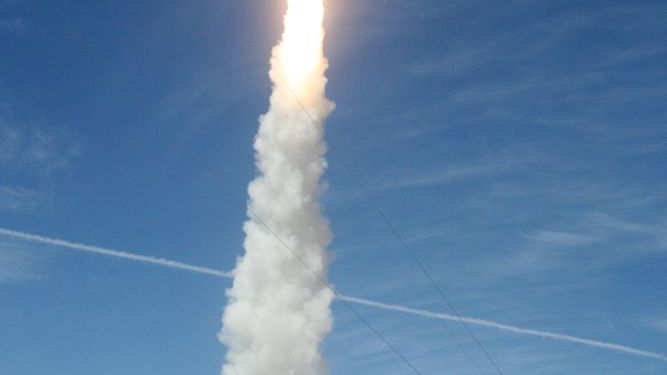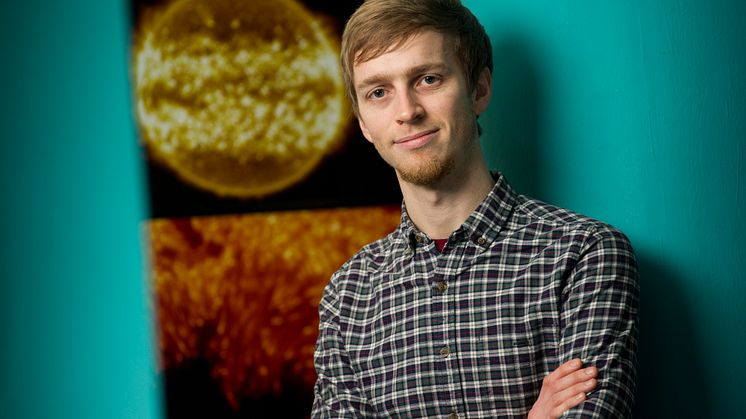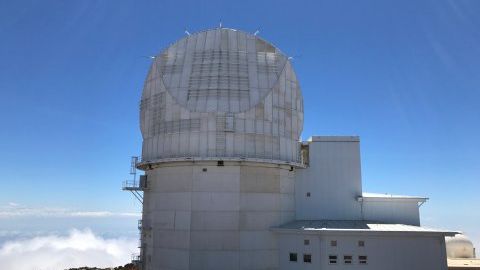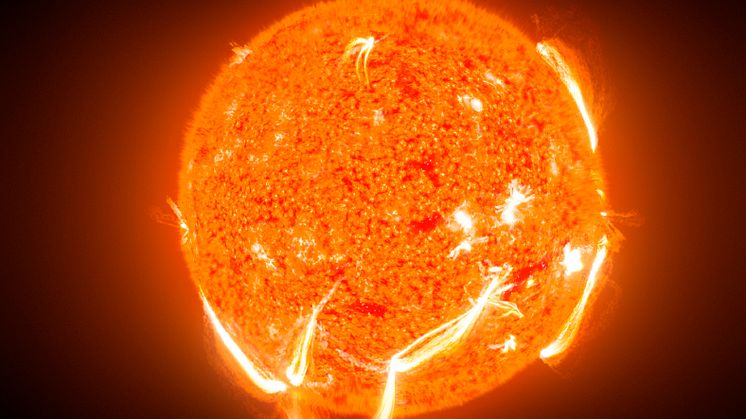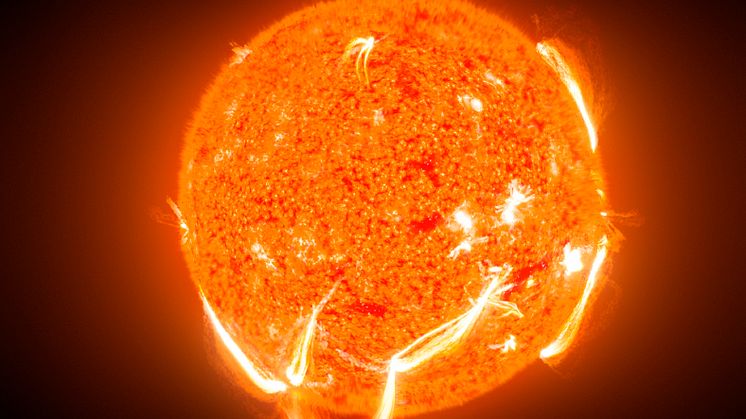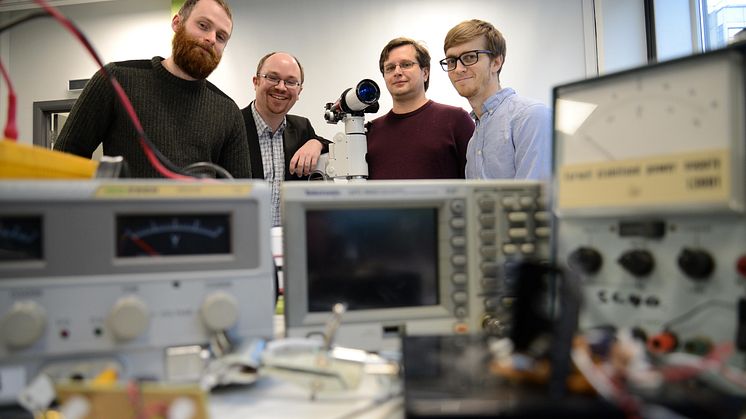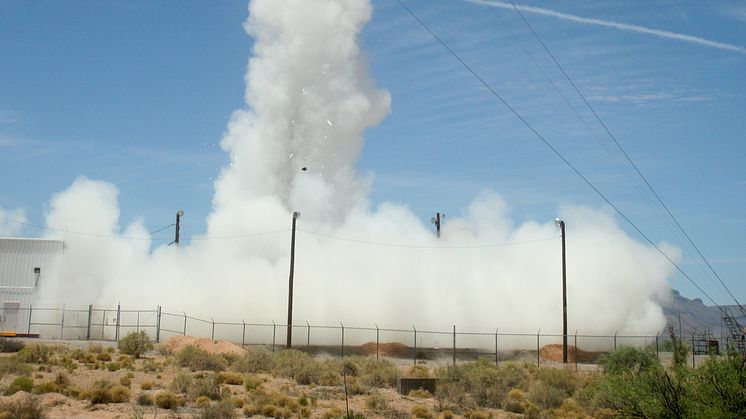
Press release -
Will NASA’s solar images reveal the secrets of the Sun?
Solar physicists at Northumbria University, Newcastle are poring over brand new images of the atmosphere of the Sun taken by NASA on a recent missile launch.
The team is part of a select group of scientists invited by NASA to analyse the images in an attempt to understand why the Sun’s atmosphere – known as its corona – is so much hotter than its surface.
It is hoped that their analysis will help to explain why the gas that makes up the corona reaches temperatures 250 times higher than the Sun’s surface.
The hot coronal gas is often released into the solar system during space weather events, subsequently affecting weather on Earth, with solar flares being known to disrupt radio, GPS communications and satellites.
Dr Richard Morton, Senior Lecturer in Northumbria’s Department of Mathematics, Physics and Electronic Engineering was invited to join NASA’s science team on the mission after impressing the agency with his report on the findings of a previous mission in 2012.
The images of the Sun’s corona were taken by the High Resolution Coronal Imager, known as Hi-C, which was fired into the Earth’s atmosphere from New Mexico on the back of a missile. The precision telescope observed the Sun’s corona in fine detail, taking images of “unprecedented clarity” every five seconds during its short mission.
Footage of the Sun's atmosphere from NASA from Northumbria University on Vimeo.
Dr Morton explained: “These images taken of the Sun’s corona have the finest detail we have ever seen. Stars – of which the Sun is our closest – are a fundamental object of the universe. There are billions of them, and we don’t really know how they work, so this mission will give us information to deepen our understanding.
“It is thought that the Sun’s magnetic field plays a role in heating the gas in the atmosphere, which is then released into space as hot winds that reach speeds of a million miles per hour. The Sun’s surface temperature is 6,000 degrees, but its corona is 1.5 million degrees and we don’t know why the temperature increases the more you move away from the surface.
“This is a fundamental question in astrophysics and it is excellent for Northumbria University to be part of this world-leading experiment. Being involved in this and testing future technologies puts us at the cutting edge of great science.”

The first Hi-C mission in 2012 revealed previously unseen magnetic activity which scientists had theorised may be the cause of these extreme temperatures. The latest mission has observed the Sun in extreme ultraviolet light which enables better visibility of different gases at different temperatures within the corona.
Dr Morton and his PhD student Ajay Tiwari now have six months to look at the images and the data obtained during the mission. They form part of an international team working with scientists at NASA, who are aiming to make new discoveries about the way our Sun works.
Speaking about his involvement in the project, Dr Morton said: “We saw some excellent images from the first Hi-C launch in 2012. Although we weren’t officially involved at that stage, when NASA made the findings public, myself and my colleague Professor James McLaughlin analysed the data. Our research obviously made an impression as we were invited onto NASA’s science team for its next launch.”
Dr Morton teaches undergraduate students on Northumbria’s Mathematics and Physics degrees and is a member of the University’s Solar Physics research group. The group studies the dynamical events occurring in the solar atmosphere and is also currently working on the £220 million Daniel K Inouye Solar Telescope (DKIST) project. DKIST is currently under construction in Hawaii. When complete in 2020 it will be the world’s biggest and most revolutionary solar telescope, able to pick up unprecedented detail on the Sun’s surface.
Topics
Northumbria is a research-rich, business-focused, professional university with a global reputation for academic excellence. To find out more about our courses go to www.northumbria.ac.uk
If you have a media enquiry please contact our Media and Communications team at media.communications@northumbria.ac.uk or call 0191 227 4604.







